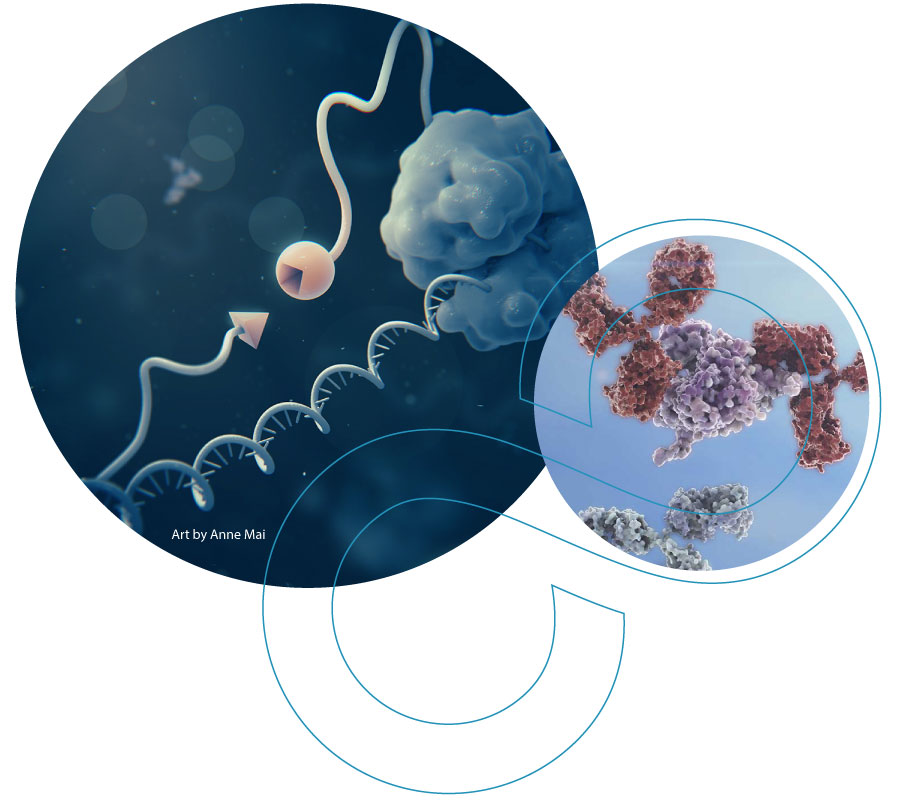The antibody “reactome” is the set of possible binding interactions between antibodies and antigens. Defining each antibody reactome involves interrogation with comprehensive antigen libraries.
The antibodies in the specimen bind to their target antigens, and the binding is then analyzed to determine the presence and levels of each antigen-reactivity. This information can be used to understand disease mechanisms and develop better diagnostic tests, treatments, and vaccines.
There are several methods for performing antibody reactome profiling, including microarray and other molecular display-based methods. However, previous methods have been limited by their library content, low throughput, accuracy, and/or high cost. MIPSA is a powerful new molecular display-based method that uses self-assembly to provide the greatest flexibility in library content and the highest data quality, at significantly lower cost.
How does Infinity Bio ‘read’ antibody reactivities?
MIPSA employs self-assembly to create a library of in-solution DNA-barcoded antigens. Once bound by an antibody and then captured onto beads, sequencing of the DNA barcodes maps the repertoire of antibody reactivities.


